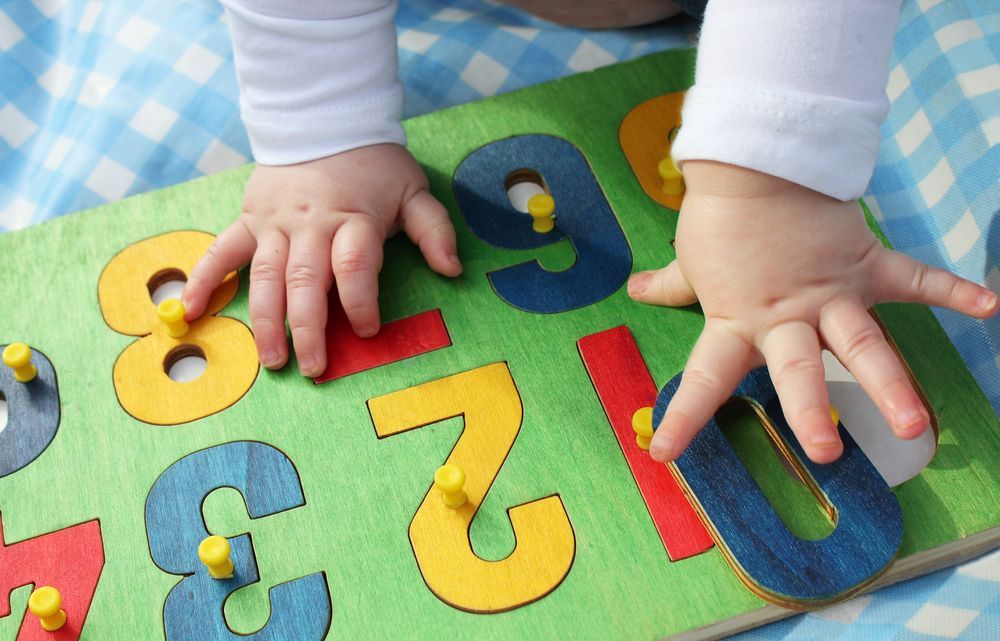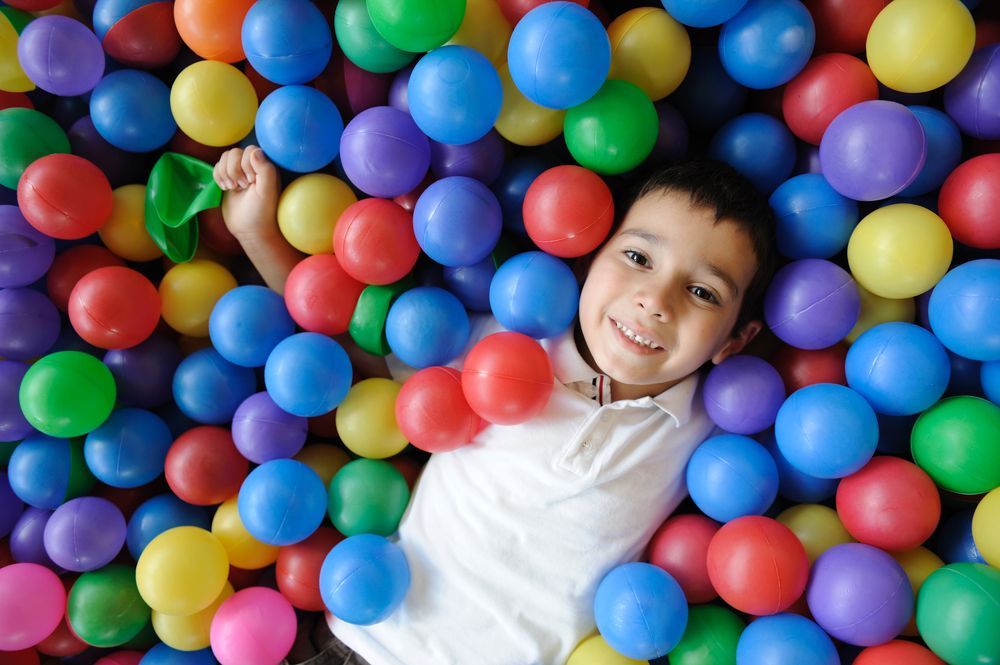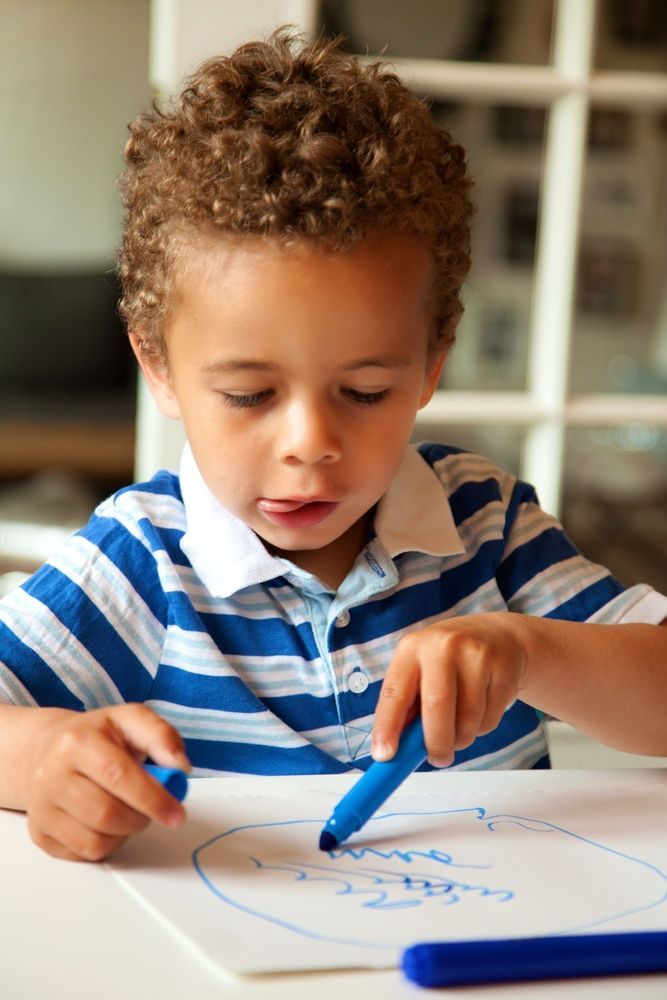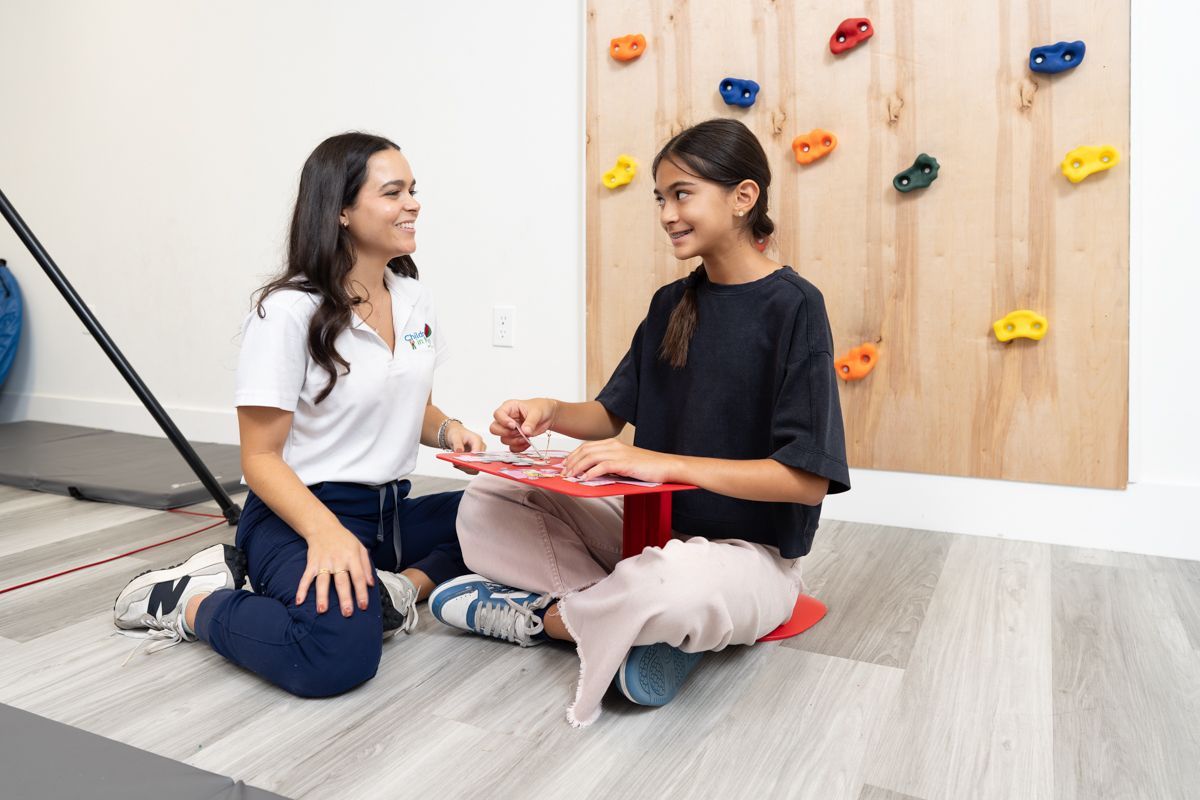Occupational Therapy

Pediatric Occupational Therapy helps children develop the skills they need for daily activities, independence, and overall well-being. Occupational Therapy can help children who struggle with fine and gross motor skills, coordination, self-regulation, sensory processing, planning, and organization. Our pediatric OT's will assess your child's ability to perform daily activities, focusing on motor, sensory, cognitive, and social-emotional skills. A licensed occupational therapist conducts this evaluation to identify areas where the child may need support and to develop a personalized intervention plan. This evaluation helps create a tailored therapy plan that focuses on your child’s specific needs. Set up an evaluation by calling Children in Motion and Associates at (305) 668-3596 today.

Pediatric Occupational Therapy Evaluation Process
Intake and History: The OT gathers detailed information about the child’s medical history, development, family background, and any specific concerns from parents or caregivers. Understanding the child’s daily routines, challenges, and strengths provides context for the evaluation.
Parent/Caregiver Interview: Parents or caregivers share insights about the child’s behavior, sensory responses, motor skills, and ability to perform daily tasks like dressing, eating, and playing. This conversation helps the therapist understand the child’s needs in their natural environment.
Standardized Assessments: The OT may use standardized tools to evaluate the child’s performance in specific areas, providing measurable data on motor skills, sensory processing, fine and gross motor development, visual-motor integration, and other aspects relevant to the child’s age and needs.
Sensory Processing Evaluation: For children who may have sensory processing challenges, the OT assesses how the child responds to sensory stimuli such as touch, sound, movement, and visual input. Sensory sensitivities or difficulties with self-regulation may affect their ability to engage in everyday activities.
Fine Motor Skills Assessment: Fine motor skills involve the ability to perform precise movements, such as grasping, pinching, and manipulating objects. The OT assesses the child’s dexterity and coordination with activities like drawing, cutting, or using utensils.
Gross Motor Skills Assessment: Gross motor skills relate to large muscle movements, such as running, jumping, and climbing. The OT observes the child’s balance, coordination, strength, and body awareness, which are critical for physical play and movement.

Visual-Motor and Visual-Perceptual Skills: Visual-motor integration and perception are important for activities like handwriting, reading, and playing. The OT evaluates the child’s ability to track, focus, and process visual information while coordinating their motor movements.
Social-Emotional and Behavioral Observations: The OT observes the child’s interactions, emotional regulation, and response to social cues, which are crucial for peer interactions and classroom behavior. Difficulties in these areas can affect play, school participation, and friendships.
Self-Care and Daily Living Skills Assessment: The OT evaluates how the child manages essential self-care tasks for their age, such as dressing, toileting, feeding, and bathing. Challenges in these areas may require strategies to build independence.
Functional Play and Cognitive Skills: For younger children, the OT observes play skills, problem-solving abilities, and imaginative play. These observations give insight into cognitive and social-emotional development and reveal any delays that may impact learning and socialization.
Environmental and Adaptive Needs Assessment: For some children, an assessment of the child’s home and school environments is useful to determine if adaptations or specialized equipment may be beneficial. This can include suggestions for seating, classroom modifications, or adaptive tools.
Feedback and Recommendations: After the assessment, the OT provides feedback to parents or caregivers, outlining observed strengths, areas of concern, and specific goals. They may recommend strategies to support the child at home or school, as well as a treatment plan if ongoing therapy is needed.





